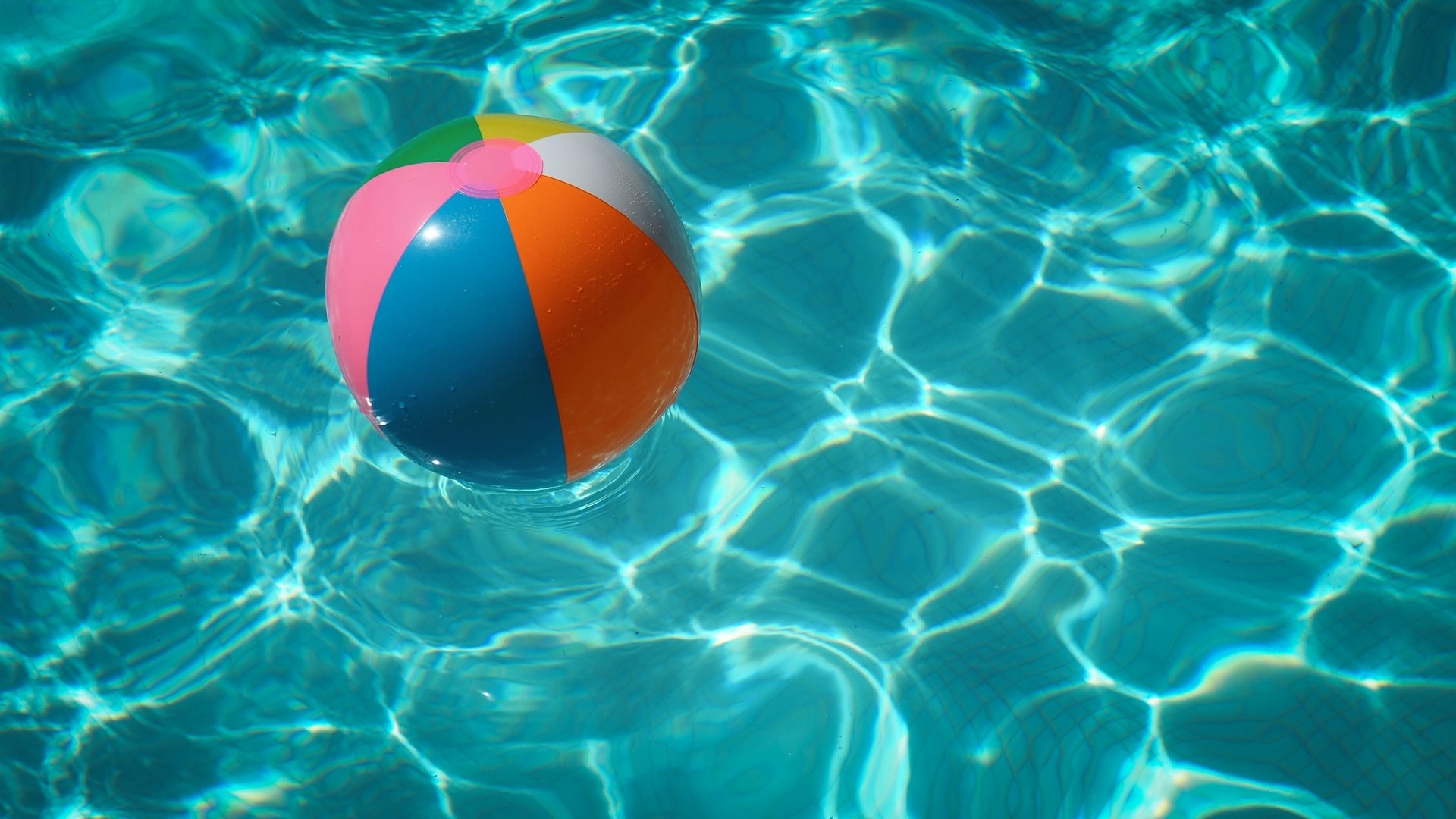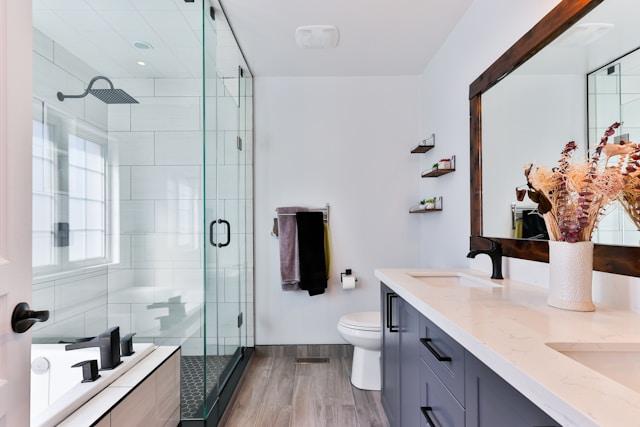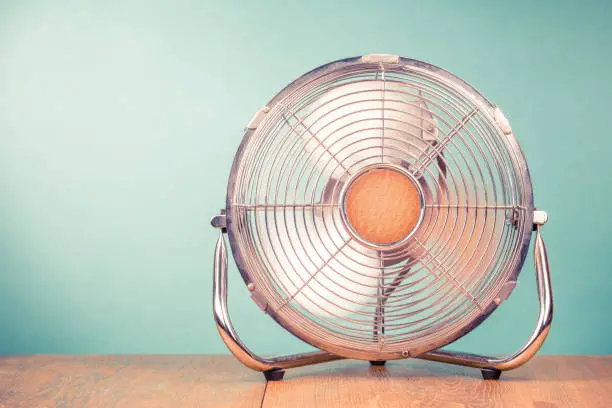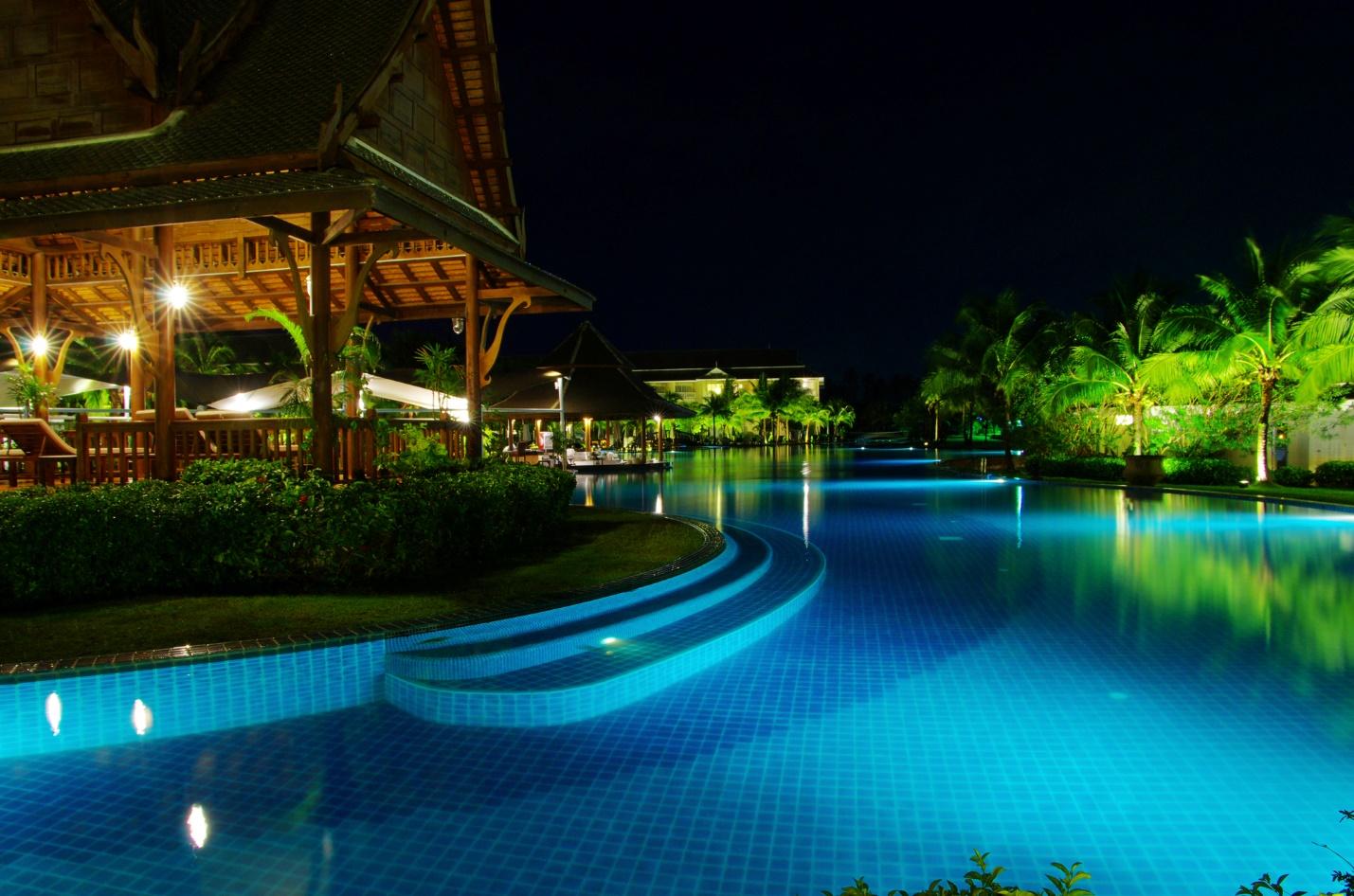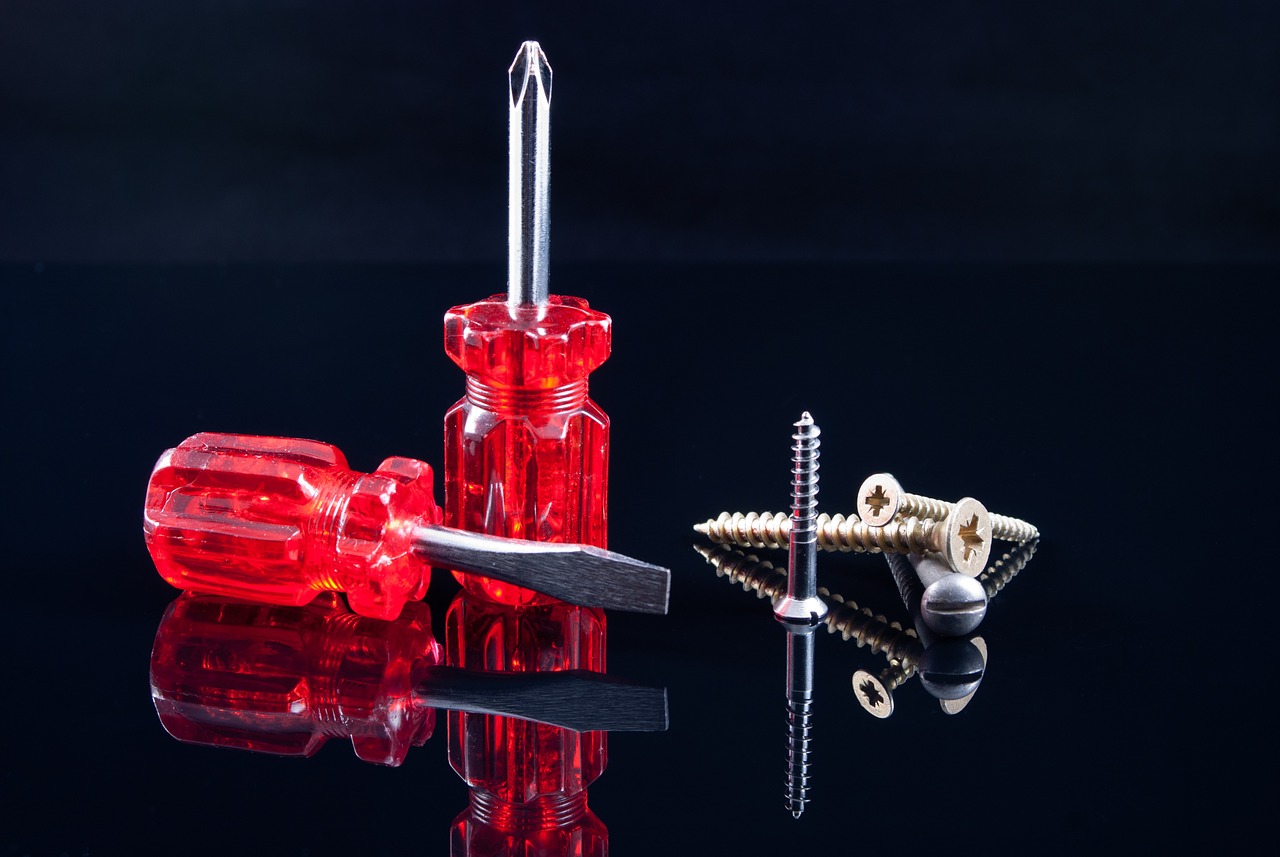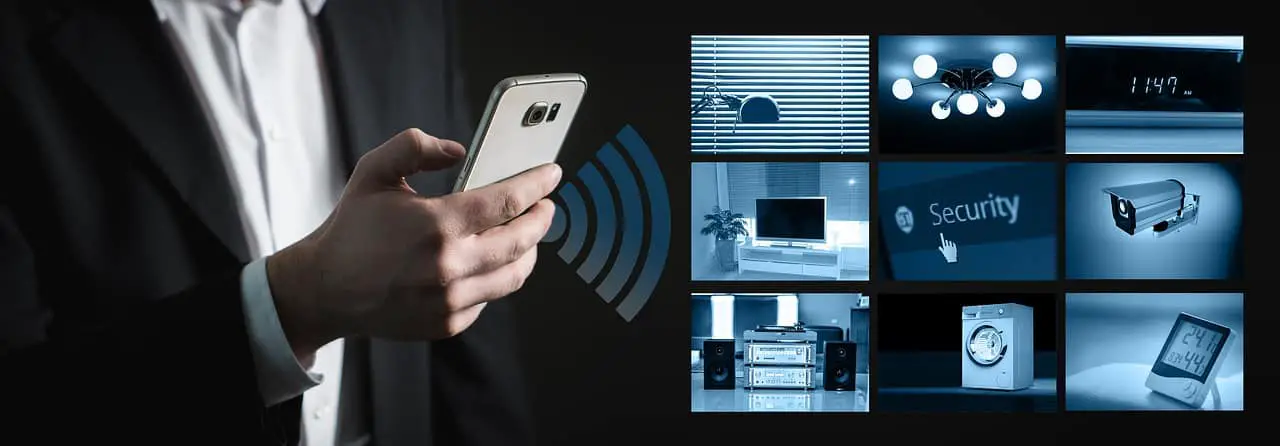Having a backyard pool is a lot of fun. there’s nothing quite like jumping in refreshing, cool water at the end of a hot and tiring day. But if you have children, or live near children, pool safety is a big responsibility. Drowning is the leading cause of death for children ages 1-4, and the rate rises again for teenagers. Make pool safety a priority by installing safety features and instilling (and following) basic safety rules for everyone who visits your home.
Fencing
The number-one safety feature that every backyard pool should have is a tall, high-quality fence. Not only will a fence protect your own children and visitors, but it will protect any other people who may wander into your yard, if it is unfenced, and can also protect many kinds of larger wildlife. Some localities have local ordinances regulating the height and type of fence that must be installed.
A pool fence should be at least 4 feet tall, preferably taller. It should be made in a style that is not easy to scale, especially for children. Some chain-link fences have holes that are large enough for children to easily stick their feet into, making the fence into a ladder. For many people, a removable pool safety fence or a safety cover will be a better option.
Also, consider the gates: they should be easy to latch and self-latching so no one will forget to
close them. They should also have latches that are too high for any small child to reach.
Raise the Ladder
If you have an above-ground pool, you should raise or remove the ladder so that it is inaccessible any time you are not swimming. It is a good idea to also have a pool fence with above-ground pools, as some are very easy for small children to climb.
Alarm
A pool safety alarm triggers when anyone enters the water, allowing you to come to the rescue instantly. While you should never trust an alarm to keep your kids safe, it is an extra backup precaution that will give you peace of mind and could save a life.
Supervision
Don’t ever, ever let your children swim unsupervised. Drowning is fast and silent, so simply “keeping an ear out for them” is not enough. You should be in the pool area and focused on your children during this time. Reading, scrolling through social media, or napping are not sufficient supervision.
Life Vests
Non-swimmers should wear certified life vests at all times in and around the water, be kept within arm’s reach of an attentive adult, or both. Even if your toddler is just playing out of the water nearby while you watch his older siblings, he should have a jacket on. It is very easy for a child to fall in the water unnoticed during busy and noisy pool play.
Swimming Lessons
Your children should attend age-appropriate swimming lessons until they graduate. While a child with level 4-6 swimming lessons will be able to handle themselves well in the water and will feel confident, they should still be watched and monitored. Swimming lessons are a great tool to add to your children’s safety toolbelt, but they are not an excuse for a lack of supervision. Even well-trained teens and adults drown every year.
Walk
We remember the mantra from our own childhoods-don’t run near the pool! Wet concrete and tiles are slippery and children are easily distracted when they’re having fun around the water, so
expect that you will also be repeating the mantra often to your own children. Slipping and falling can cause head injuries, and even more life-threatening is a situation where a child with a head injury lands in the water.
Never Swim Alone
Experts recommend that no person swim alone, whether in a pool at home or on a lake, river, or beach. While swimming accidents are rare among adults, if you are alone and have an injury, there will be no one to help you. Train your children to never swim alone, even as teens.
Train Your Children
While you should never leave your child’s safety in their own hands, because we all know they sometimes disregard or ignore what they have been taught, you should still teach your children safety rules for swimming. For example, your children should know not to swim in pools where
no adult is present, or where the adults are drinking alcohol. They should know what to do in an emergency, and how to call 911. They should always know the address of where they are, whether at home or at a friend’s house. And you should have code words that your children can use if they need you to come to pick them up immediately but don’t want to (or can’t) say that on the phone.
Drain Safety
Ensure your pool drains are covered with safe drain covers that will not allow a child to become entrapped in any way. Children have drowned because they were suctioned to a drain, or their hair was sucked up, and they couldn’t break free. Another hazard can be caused by broken or cracked drain covers which can snag swimsuits.
Learn CPR
Every parent should know CPR, especially if you have a pool CPR and basic first aid classes can bet the difference between life and death for a drowning victim. Learn CPR and get recertified every year or two, so you get a chance to practice often.
Rescue Equipment
In addition to CPR, you should also keep basic safety equipment nearby. Are you strong enough to lift a drowning child or teen without help? Can you rescue a drowning person without putting your own self in danger? You should have basic first aid equipment, pool rescue hooks, and floats available.
